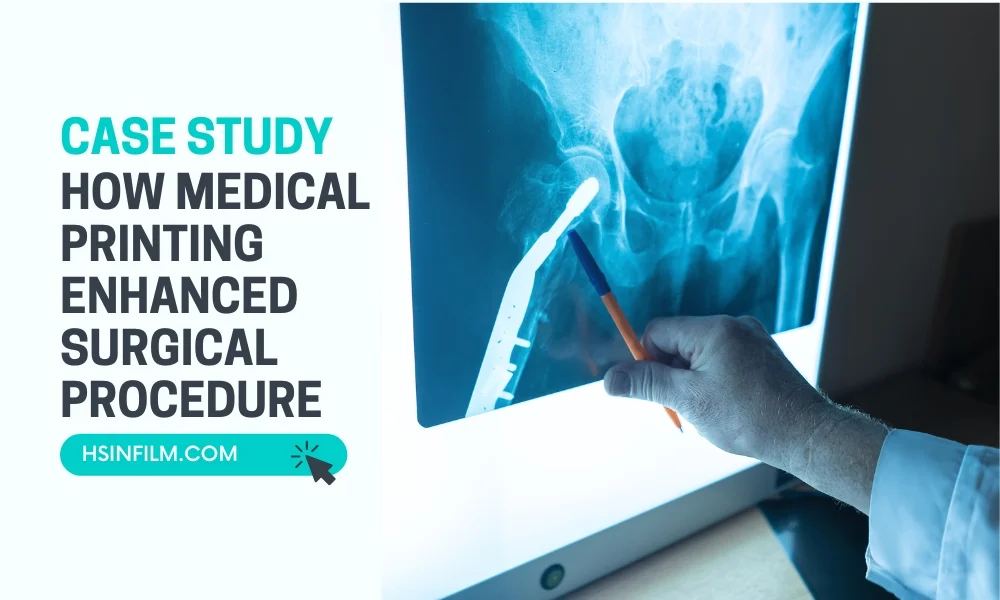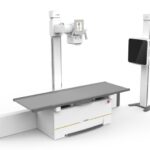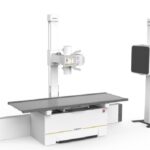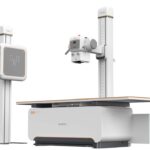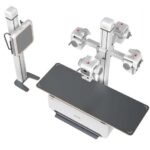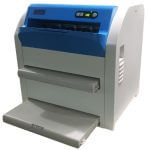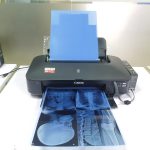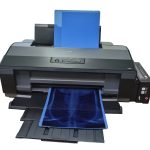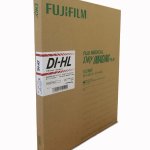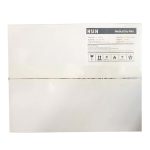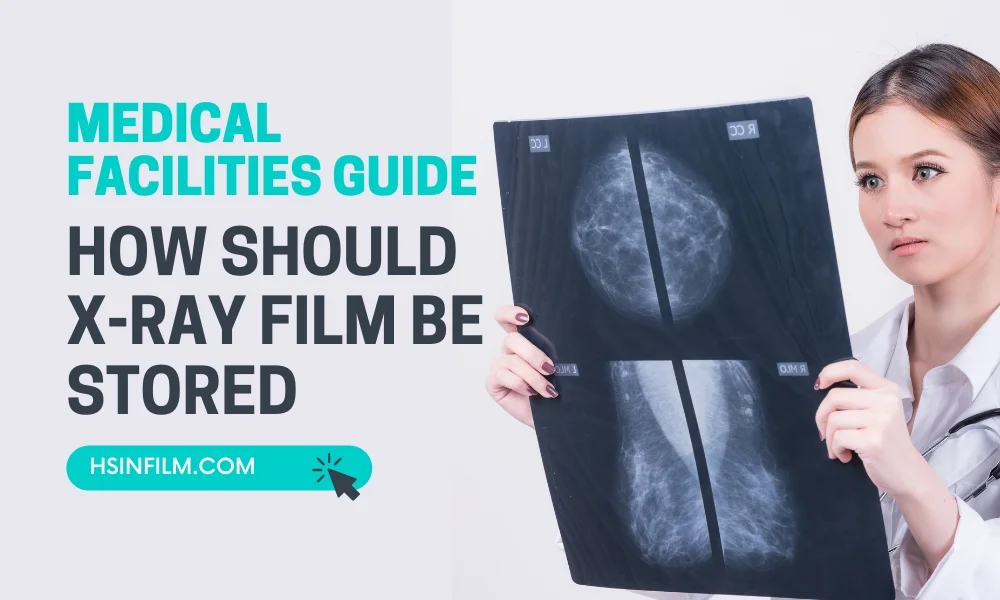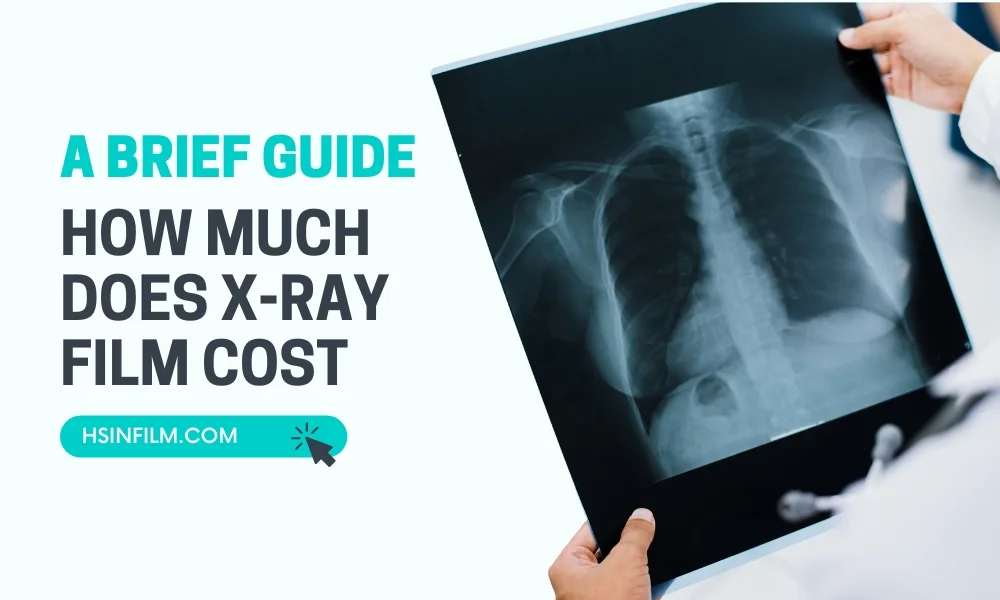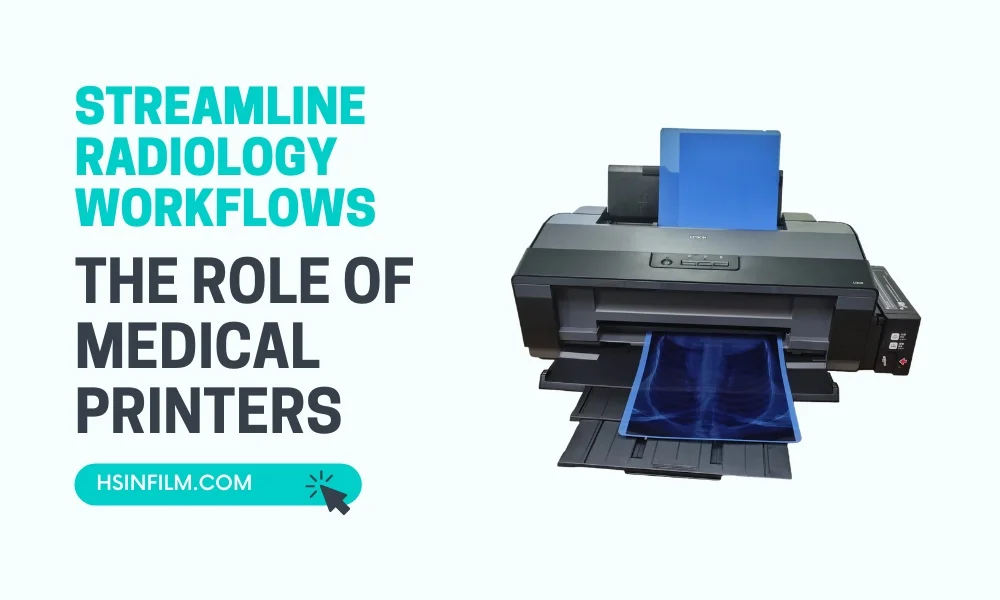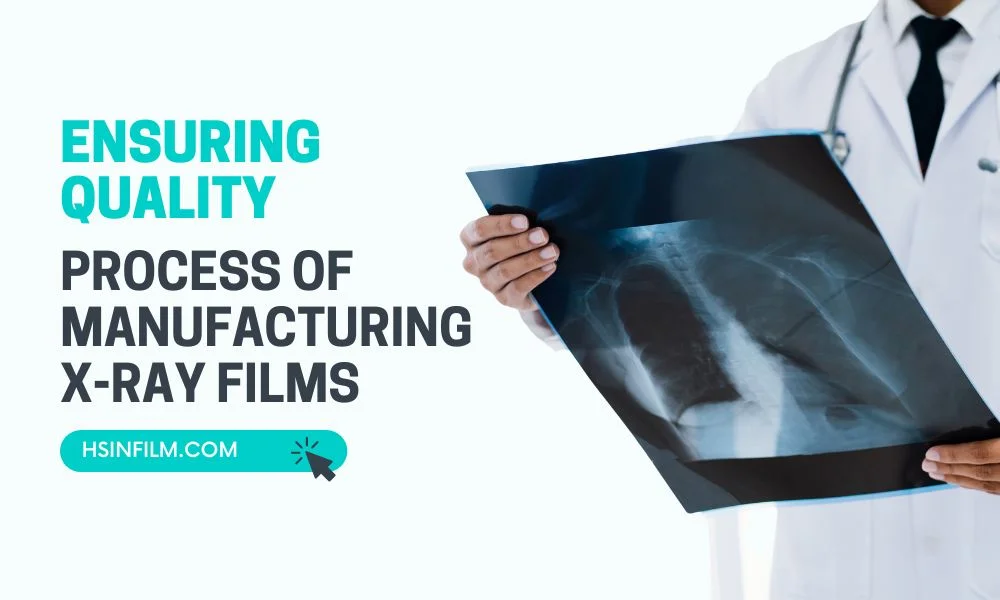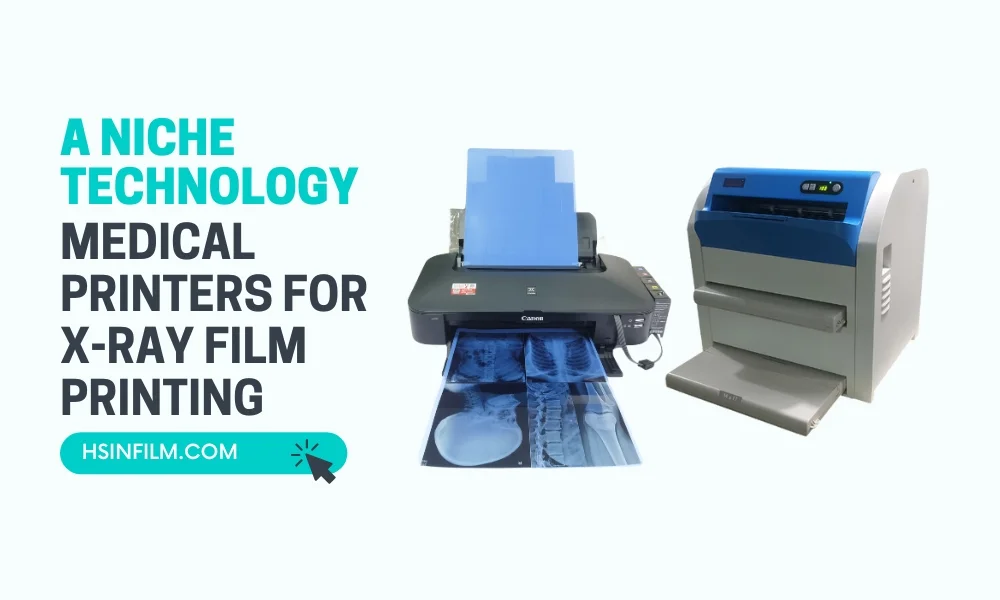Have you ever marveled at the technological leaps in medical science? Today, we’re diving deep into one such marvel, medical printing, and its transformative impact on surgical procedures. Imagine the intricacies of surgery, and now imagine how medical printing enhanced surgical procedures. That’s precisely what happened in this fascinating case study.
Table of Contents: Medical Printing Enhanced Surgical Procedure
Background: The Patient’s Journey
Meet Jane, a 38-year-old teacher with a passion for mountain hiking. But recently, she felt persistent pain in her left knee. Medical examinations revealed a complex cyst, nestled intricately amidst her knee ligaments. The proposed solution? A surgical procedure to remove it without damaging the surrounding tissues.
The Challenge: Complexities in the Procedure
Every surgery poses its unique challenges. In Jane’s case, the cyst’s location made it difficult for surgeons to access it without potentially compromising crucial knee ligaments. Traditional imaging gave a view, but what if the surgeons could feel and see the cyst in three dimensions?
Enter Medical Printing: A New Dimension to Pre-Surgical Planning
That’s where 3D medical printing stepped in. Instead of merely viewing a 2D image of Jane’s knee, her medical team produced an exact 3D replica, cyst and all. Think of it as holding a model of the knee in your hands – how revolutionary is that for pre-surgical planning?
Collaborative Approach: Surgeons, Radiologists, and Engineers
It wasn’t just about the surgeon and the printed model. This success story required a symphony of professionals:
- Surgeon: Mapped out the procedure using the model.
- Radiologist: Ensured the printed knee’s accuracy, matching the real-life complexities.
- Engineer: Orchestrated the printing, choosing materials that mimicked real tissues.
The result? A team, harmoniously synchronized, ensuring Jane received the best care.
The Procedure: Step-by-Step with Medical Printing by its Side
With the model on hand, the surgery commenced. At each stage, the surgeon referenced the model, ensuring the live procedure mirrored their practice sessions. The crucial difference between traditional and enhanced methods? Confidence and precision, knowing that the terrain was familiar before making the first incision.
Outcome: Post-Surgery Results and Recovery
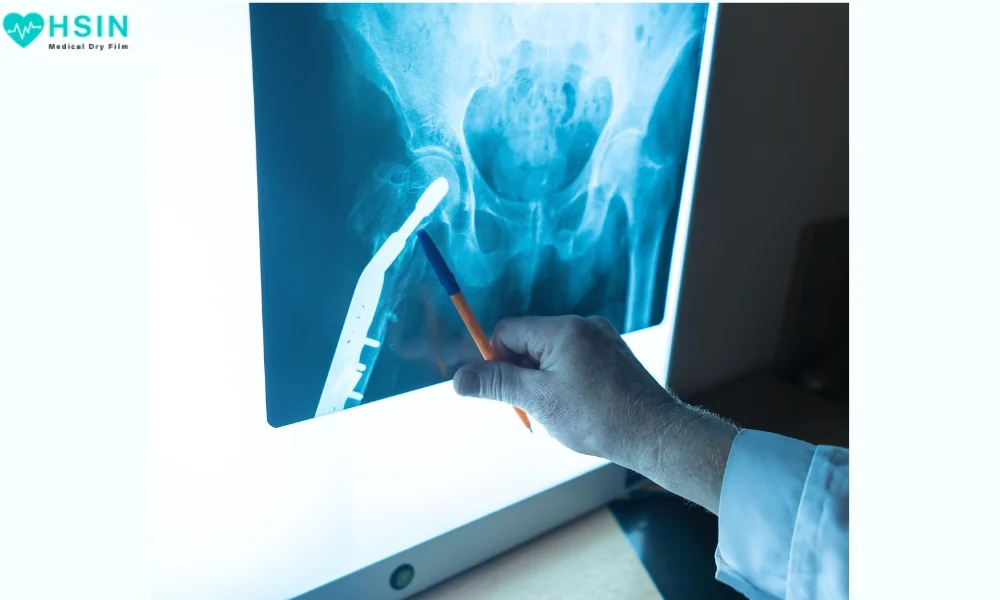
Jane’s surgery was a resounding success! The cyst was removed, and her ligaments remained untouched. Her recovery was swift, and within months, she was back to her hiking trails. Could we attribute this success to the magic of medical printing? Absolutely.
Feedback: Surgeon’s Perspective on Using Medical Printing
After the surgery, the lead surgeon commented, “Using a 3D model felt like having a dress rehearsal before the main event. Every move was calculated, and the risks were minimized.” While he acknowledged the initial learning curve, the benefits far outweighed the challenges.
The Broader Impact: How Medical Printing is Revolutionizing Surgery
Jane’s story isn’t isolated. Across the globe, surgeries from heart procedures to cranial interventions benefit from medical printing. As we look to the future, the question isn’t if medical printing will become mainstream, but when?
Conclusion
In a world where technology and medicine continually intersect, stories like Jane’s shine a light on innovation potential. Medical printing isn’t just a technological wonder; it’s a testament to how we can reimagine patient care when we blend science, technology, and creativity.
FAQ
Q1: What are the costs associated with medical printing for surgical procedures?
Answer: Costs vary depending on the complexity of the model and materials used. However, when considering potential reductions in surgical time and improved outcomes, many argue the investment is worthwhile.
Q2: How long does preparing a medical print for surgery take?
Answer: Preparation times can range from a few hours for simpler models to several days for intricate ones.
Q3: Are there risks associated with relying on medical prints during surgery?
Answer: Like all tools, medical prints are as effective as those of professionals. Ensuring accurate imaging and precise printing is essential to minimize risks.
Q4: How widespread is the use of medical printing in surgical procedures globally?
Answer: Its adoption is growing, especially in complex surgeries where visualization can significantly impact outcomes
